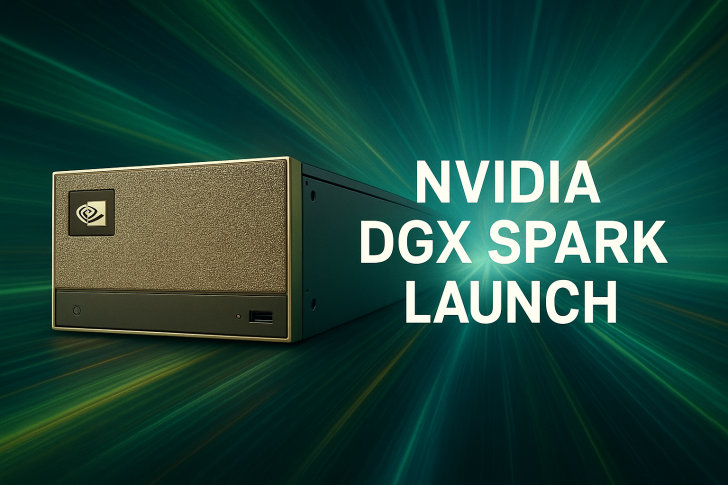NVIDIA just launched the DGX Spark, a compact plug-and-play system for AI developers and researchers.
What You're Getting
Early benchmarks from @lmsysorg, shared by Peter Gostev, reveal a mixed picture: the Spark handles smaller models well, but its $4,000 price tag raises questions when compared to alternatives.
The DGX Spark arrives ready to work with NVIDIA's CUDA ecosystem and AI tools pre-installed. That's valuable for startups, research labs, and universities that need reliability without enterprise-level infrastructure. But the benchmarks confirm it's not a performance leader—it can't match the RTX 5090's raw power, and it costs significantly more than consumer options like Apple's M4 systems.
The Apple Mac Mini M4 Pro Reality Check
Here's the kicker: Apple's Mac Mini M4 Pro costs just $1,400. On smaller AI tasks, the Spark performs closer to Apple's machine than to NVIDIA's high-end GPUs. That's nearly three times the price for similar performance on basic workloads. The Spark's advantage? Full CUDA compatibility and broad machine learning framework support for those already in NVIDIA's ecosystem.
NVIDIA's flagship RTX 5090 crushes the Spark in demanding workloads, but building around it requires additional hardware and technical expertise. The Spark trades peak performance for out-of-the-box convenience.
The DGX Spark seems designed for:
- Independent researchers and small labs needing affordable AI infrastructure
- Universities requiring multiple systems for teaching and prototyping
- AI startups wanting reliable CUDA hardware without scaling to enterprise clusters
This launch highlights how AI hardware is splitting into tiers: enterprise clusters with A100/H100 chips at the top, compact systems like DGX Spark in the middle, and consumer devices like Apple's Mac Mini at the entry level. More choices mean more complicated trade-offs between price, performance, and ecosystem commitment.
 Artem Voloskovets
Artem Voloskovets

 Artem Voloskovets
Artem Voloskovets


